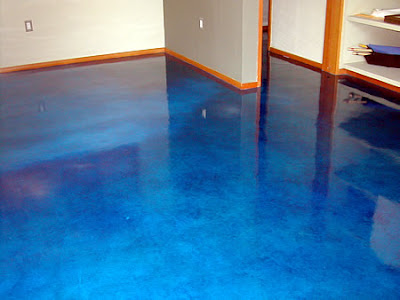Painting
concrete walls can cause few problems if the concrete wall has not cured in
right time. If the concrete wall is not adequately cured before painting then,
the paint will trap the excess moisture within the concrete and the paint can
peel some of the cement as it peels itself.
There are many walls which are durable and will not fade over time this
is because of the perfect concrete painting like in concrete painting in Perth. We’ve
compiled the most common problems that you will encounter while painting
concrete walls
Cracks in the wall
Before
priming the wall, cracks in the concrete should be filled with a material that
can survive weather effects. If the wall plaster has a texture, then you should
choose a matching texture for sealant. If it’s not the bands of the smooth
surface can be seen through every coat of paints in different contrast.
Coverage
If primer
and paints are applied then it needs to be applied across the whole surface in
order to have the best results. Once the primer has been applied then allows it
to cure. The finishing coat needs to be laid on several thick coats. If the
uniform color will not be attained then you will not achieve the look that you
wanted. Some concrete walls do not have the primer applied before the paint
while others have painted a thin layer that even the coat is not effective.
This will make the wall look like it never receives an adequate coating.
Primer
In order to
get the perfect wall that you desired, the right primer should need to be
applied to new concrete walls. This will prevent paint from delamination. There
are some specific paints and primers in particular that need to be used
together. Cement plaster and concrete should have a coat of primer before the
paint is applied.
Delamination
Delamination
is the process where paint starts peeling from the concrete surface or cement
plaster. Paint will be delaminated from concrete walls just as from wood and
metal. That’s why the concrete wall needs to be well prepared and a proper
procedure need to be followed. Moisture from the air will release from the
concrete and causes cleave.
Over-brushing the paint
If a painter
applies paint on a brown coat on cement plaster, the paint will serve as a bond
breaker causing delamination. Plaster behind a coat of paint will turn soft, if
it’s allowed to cure. Paint will keep the water from evaporating. Concrete
walls need to be prepped and primed and need to be thick and should not be diluted.





